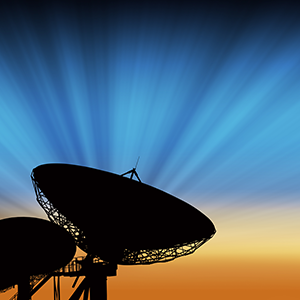 A new paper slated for publication in the IEEE Journal of the Electron Devices Society references the utility of a Lake Shore cryogenic probe station when performing superconducting microwave device characterization. The paper, authored by Robert R. Benoit of the U.S. Army Research Labs and N. Scott Barker of the University of Virginia, details the development of a MEMS-based, frequency-tunable resonator for superconducting cryogenic circuits. In fabricating this device, the authors integrated a niobium (Nb) superconducting tunable microstrip gap resonator with gold (Au) RF MEMS DC-contact switches for a resonator tuned for four frequencies over a 12 to 15 GHz bandwidth.
A new paper slated for publication in the IEEE Journal of the Electron Devices Society references the utility of a Lake Shore cryogenic probe station when performing superconducting microwave device characterization. The paper, authored by Robert R. Benoit of the U.S. Army Research Labs and N. Scott Barker of the University of Virginia, details the development of a MEMS-based, frequency-tunable resonator for superconducting cryogenic circuits. In fabricating this device, the authors integrated a niobium (Nb) superconducting tunable microstrip gap resonator with gold (Au) RF MEMS DC-contact switches for a resonator tuned for four frequencies over a 12 to 15 GHz bandwidth.
As noted in the paper, RF MEMS are increasingly being used for micro- and millimeter wave circuits, particularly those designed for radio astronomy applications. Cryogenic probe stations enable wafer-level device characterization without the need for costly packaging of such devices. In this work, tests were performed at the University of Virginia using a Lake Shore Model CPX equipped with two RF ports and four DC probe arms for biasing. Probed devices were cooled below the superconducting transition temperature, at which point the researchers used measurements and simulations to determine the sensitivity of resonator Q factor to contact resistance of the actuated MEMS switches. Detailed results and further conclusions of this research can be found in the paper itself.
Read more about Lake Shore probe stations, the Model CPX and cryogenic microwave probing, as well as our new THz on-wafer cryogenic probing arm for frequencies 75 GHz and up.
